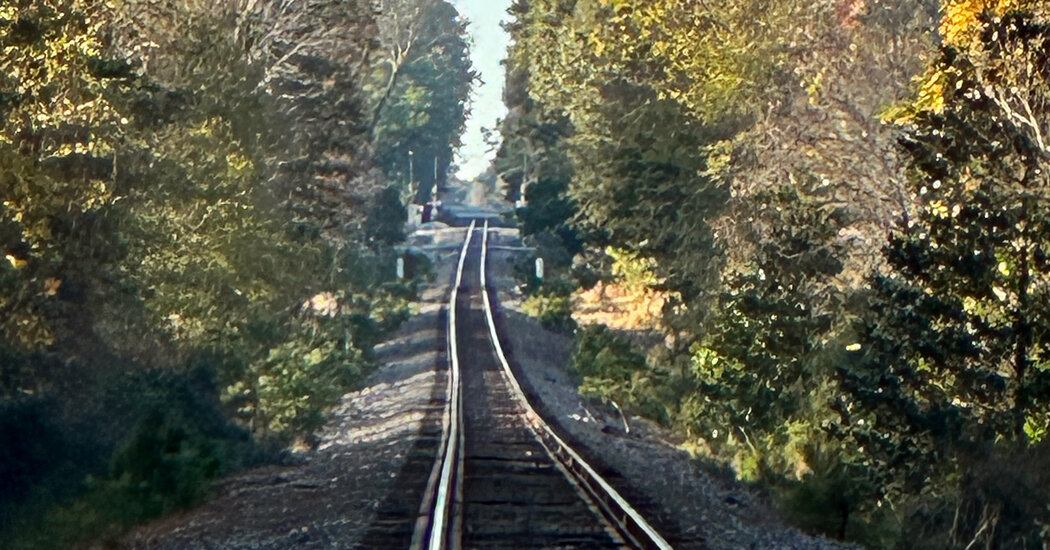Summerville, a town northwest of Charleston, S.C., has its share of ghost stories. One yarn that has stuck around for decades is the tale of the Summerville Light. The story goes that a woman waited for her husband, a railroad worker, to return, but he died, losing his head in an accident. Ever devoted, the widow searched for his remains. She continued – even after her own death: The flicker of her lantern was all that remained.
According to local legend, people have observed mysterious lights, bobbing up and down, pulsing with a pale blue, green or orange hue, along a dirt road in the nearby pine forest following abandoned railroad tracks. Along the tracks, the story goes, a woman waited for her husband, a railroad worker, to return.
Seismologist Susan Hough thinks this supernatural story can be explained by natural phenomena. She believes that the reports of glowing orbs and unusual noises in the 1960s may have been caused by earthquakes. She found a connection between earthquakes and the area’s ghost stories while studying the area’s seismology.
The area has a history of seismic activity, with a major 1886 earthquake causing serious damage in Charleston. The epicenter of the temblor was closer to Summerville, and the town has seen several earthquakes since then. The reports of the Summerville Light also mentioned cars violently shaking, which Dr. Hough said “screams ‘shallow earthquake'”.
Dr. Hough also found that seismic rumblings can produce mysterious glows known as earthquake lights. In 2014, researchers examined reports on dozens of earthquakes and their luminous glows and found some trends. They found that earthquake lights tended to arise from quakes far from the edges of plates, in areas that have been stretched out and in places with rocks relatively rich in iron and magnesium.
The Charleston area checks those boxes, and it is “an appealing explanation for these ghost stories”. Researchers have come up with several hypotheses for earthquake lights, including the deformation of minerals in the earth causing electrical charges, and the release of gases, like methane, which can create static electricity.
In Summerville, the old rail lines or debris left around the track could have been rubbing together to provide a spark for the lights. Dr. Hough notes that it is “kind of ground zero” where the strongest shaking occurred.

